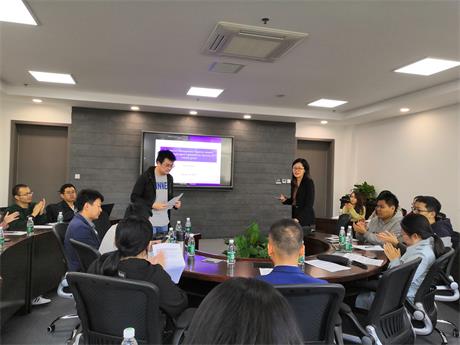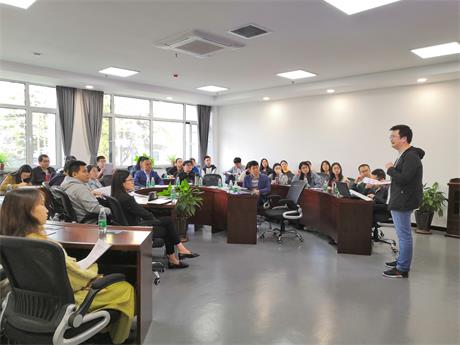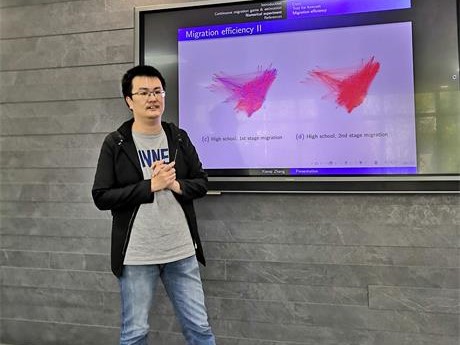Identify Heterogeneous Labor Migration Patterns from Multi-agent Trajectories on the Basis of Network Games
15:30-17:30, Friday, October 11, 2019
I-206, Boxue Building, DUFE
Dr. Xiaoqi Zhang is an assistant research fellow at Chinese Academy of Social Sciences and National Development Institute of Southeast University. He received his Ph. D. from The state University of New York at Buffalo in 2017. His research focuses on Financial Econometric Analysis (Survival Analysis and its application in Default Prediction and Insurance Actuarial), Mathematical Statistics, Theory and Application of Continuous Time Stochastic Processes, Game Econometrics, Spatial Econometric Method and its application, Topological Data Analysis and its application in Network Data.
The migration intensity among regions could differ significantly for different agent groups, and this difference is rooted deeply in the heterogeneity on the agent level. The traditional reconstruction method of migration network does not pay enough attention to the agent-level heterogeneity, which leads to bias and low forecsatability. On the other hand, the migration trajectories in many settings, such as the labor force migration trajectories and the patient transmission trajectories, are essentially the consequence of the interaction among all agents in the system. The inference of the migration network from trajectory data should be able to shed insight into the underlying interaction mechanisms, while most existing methods fail to do so. To fill the gap, the current study aims at developing a game-based constrained maximum likelihood estimation procedure. The procedure can extract the migration network from the agent-level trajectory data, the network adjacency matrix can vary from agents to agents so as to fully account for the agent-level heterogeneity, and the game-theoretical model involved gives a sketch of the interaction among agents. To accommodate our approach to massive trajectory data, we develop an approximation trick which converts the agent-level migration probabilities to a set of functions that can be explicitly expressed and only have the parameters and agent-level features as arguments. Consequently, it is only needed to search within a parameter space with fixed dimension for solving the maximum likelihood estimator. The termination time of the algorithm won't diverge along with the increasing number of trajectories. We demonstrate the effectiveness of our approach on a Chinese labor force migration dataset with 80,000 job-seekers. The cross validation is used to test the forecast accuracy of the approach. The result is robust and supports that our approach presents a useful paradigm for understanding the complex relationship among migration patterns, age.




